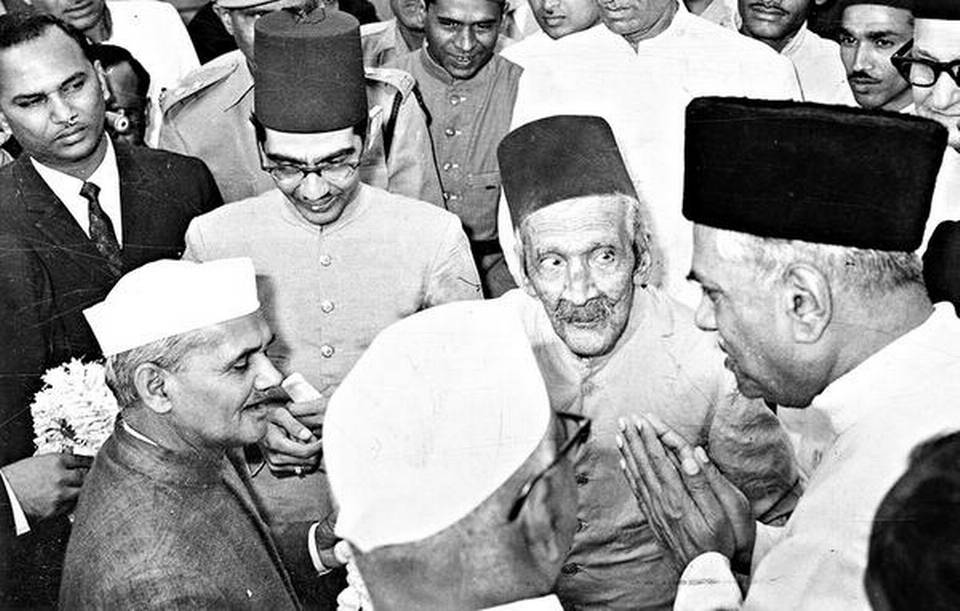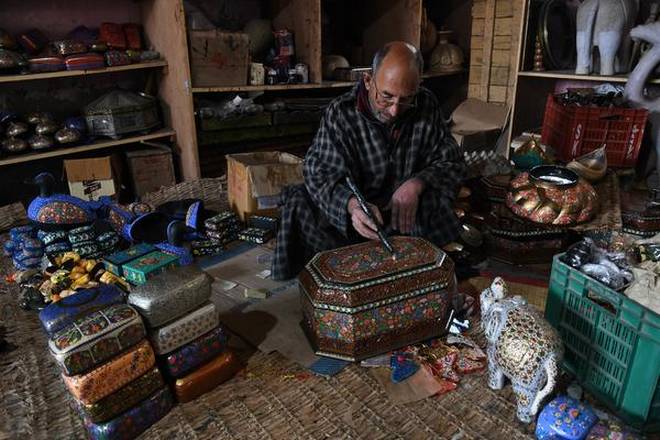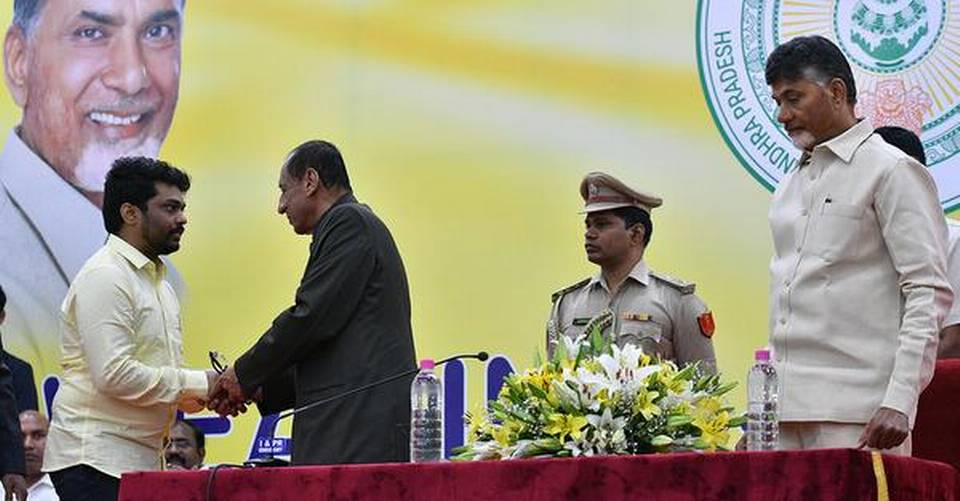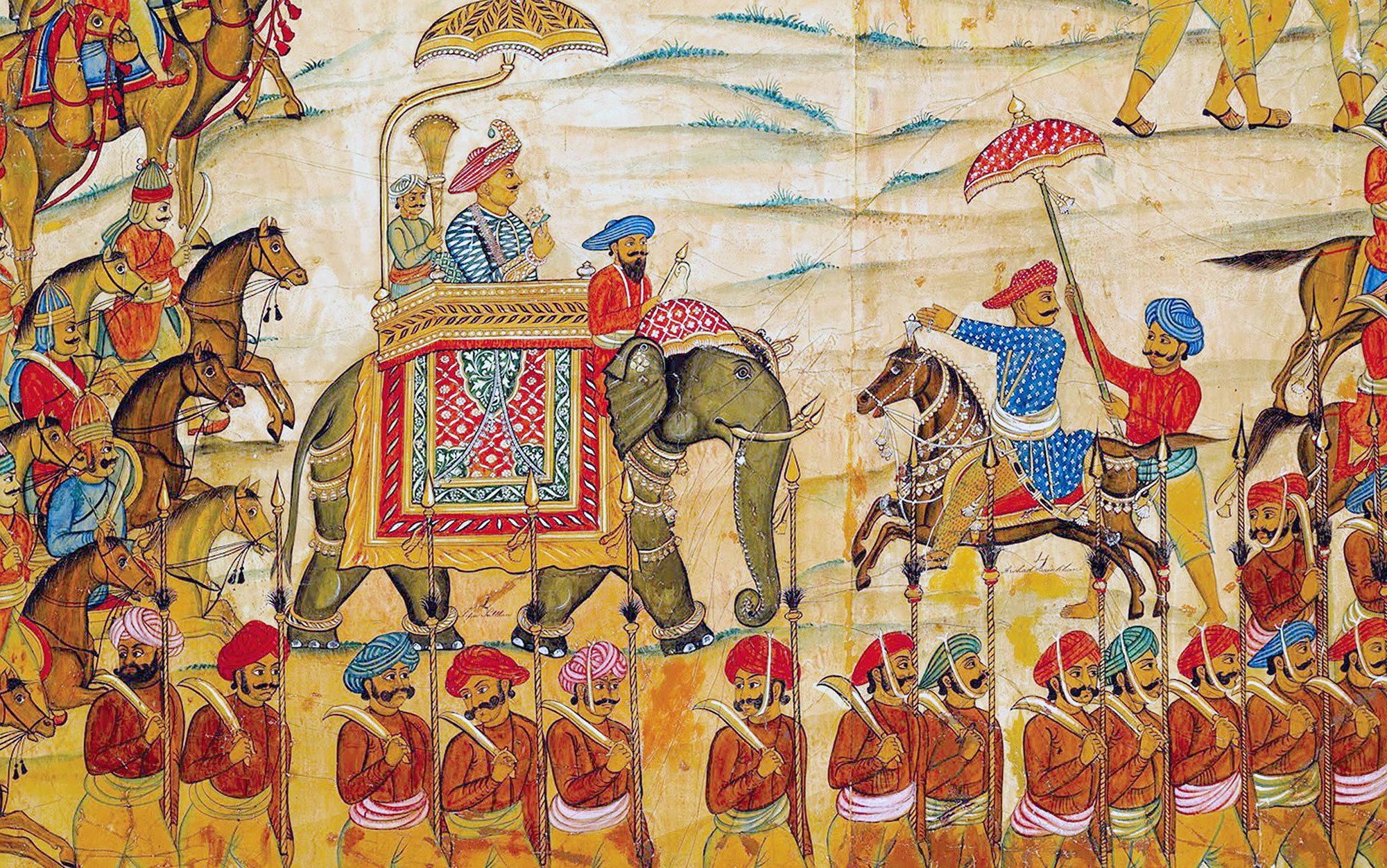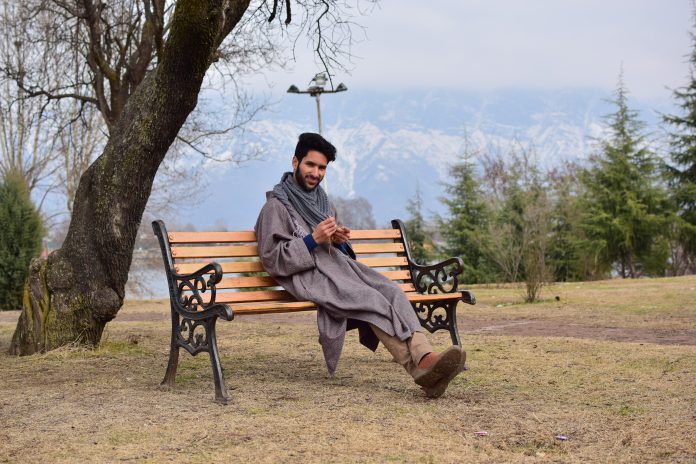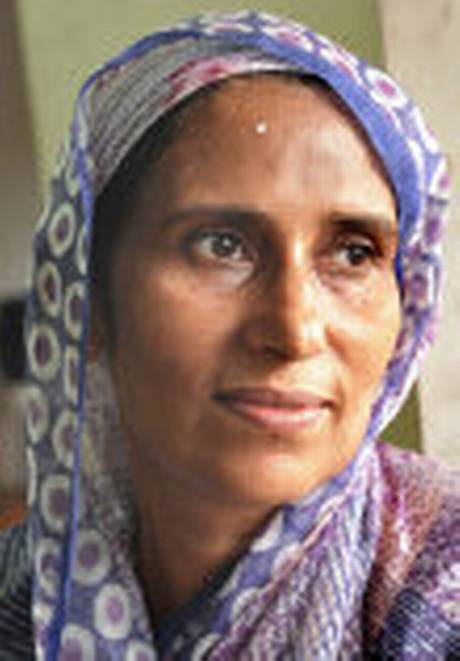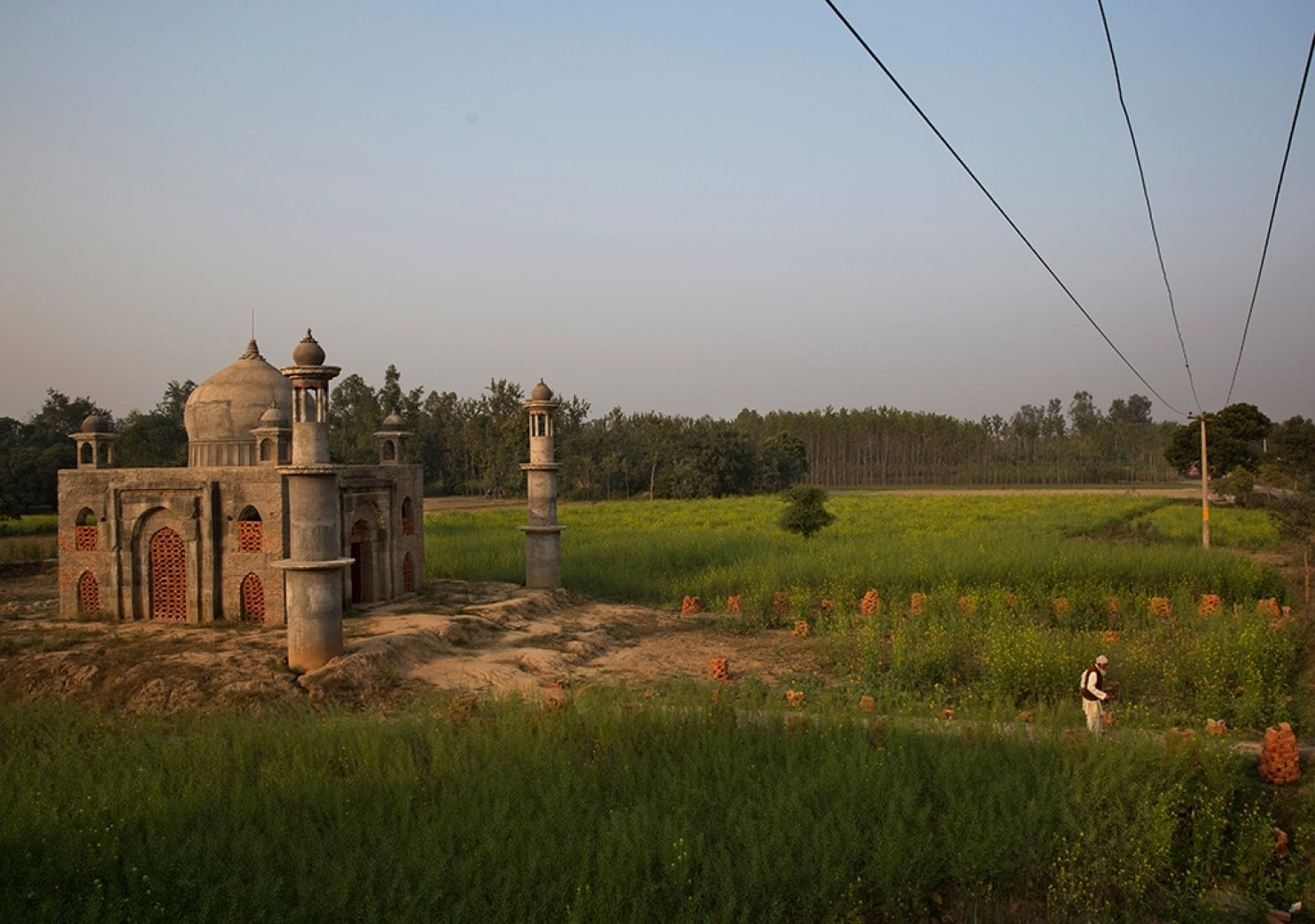KERALA :
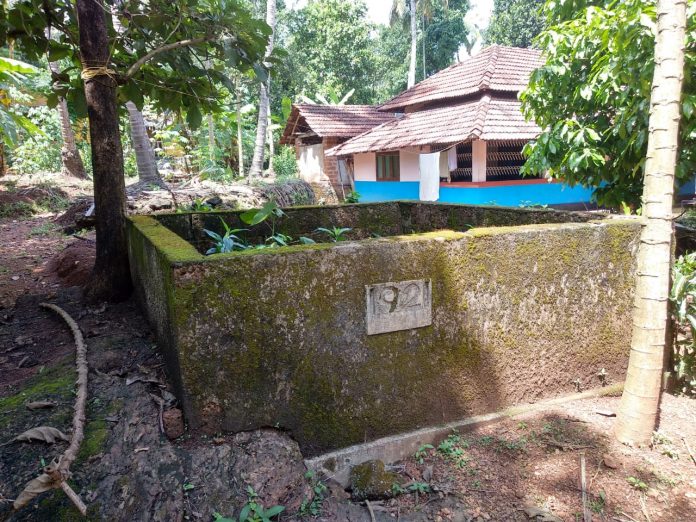
This is the first in the two-part series on the much-forgotten Malabar Struggle and stories of ghastly violence committed by the British in the region around 1921. I Sameel, the author of this article, also looks at why and how such incidents were ‘left out’ or/and ignored by our mainstream historians. This article was originally published by Madhyamam Weekly on October 8, 2018. The article has been translated from Malayalam by Najiya O of TwoCircles.net.
The Malabar Struggle is a critical time space in the Indian freedom struggle. The different angles of viewing the struggle are evident in the terms of Mappila Rebellion and Malabar Revolt etc. The Malabar Struggle has been significant in influencing the creation of the ‘common’ conscience of ‘modern Kerala’, determining the path of the Indian nationality and the formation of the social identity of Malabar, according to EV Ramakrishnan in Malabarine Kandethal: Padanam, Malabar Desheeyathayude Idapadukal (DC Books, 2008). However, the Malabar Struggle still remains a critical timespace in the history by the different ‘looks’ mentioned above.
The official statements regarding the Indian freedom struggle either kept silent on the popular protests related to Malabar or mentioned them only casually. There are no evidences for even the Wagon Tragedy, which received a bit more public visibility compared to other incidents related to the Malabar Struggle, to have deeply touched the conscience of Malayalis (EV Ramakrishnan – Page 13). Questions are arising as to why the incidents that led Malabar to a battlefield for nearly a century did not receive the deserving relevance in the historical conscience of Malayali. Even the Wagon Massacre (named as Tragedy in history) gained visibility only through the popular cultural media, including the cinema. As MT Ansari points out in ‘Malabar: Desheeyathayude Idapadukal’ (DC Books, 2008) “Only the Wagon Tragedy of November 20, 1921, can be seen in the nationalist history lessons. As if all the other incidents, whether of Muslims or Hindus, insult us. However, we do not conceal the Jallianwala Bagh massacre of April 19, 1919 (379 people were killed on the orders of General Dyer, according to official records) and the Chauri Chaura incident in which angry peasants burnt alive 23 policemen on February 5, 1922. Compared to the Malabar Revolt (2,337 people killed, 1,652 injured and 45,404 imprisoned in the Malabar Revolt as per official records – and according to unofficial records, 10,000 were killed, 50,000 imprisoned, 20,000 exiled and 10,000 found missing), other incidents are limited in extensiveness.”
Just like the Malabar Revolution was ignored by the national historical studies, it can also be seen that some significant incidents in it were ignored or only casually mentioned even in the special studies related to it. Important among them is the massacre by the British at Melmuri-Adhikarithodi in Malappuram. This incident comes second only to the bloody Pookkottur battle in the number of people killed among the various incidents in the Malabar Rebellion. While more than 350 people lost their lives at the Battle of Pookkottur, the massacre at Melmuri-Adhikarithodi took the lives of 246 people on October 25, 1921. People including women, children, aged and sick people were forced out of their houses, lined up and shot dead by the Dorset Regiment, an infantry regiment of the British army. However, it has not found a place in the public history. Some incidents including the Melmuri-Adhikarithodi massacre have been totally neglected from the general readings about the violence of the colonial government and massacres that took place in Kerala. And hence, more detailed studies should be carried out about the massacres that took place in Kerala, especially Malabar, during the colonial rule.
Massacres: the seen and unseen
It can be seen clearly that the Punnapra-Vayalar struggle (a communist uprising in the princely state of Travancore, British India, against Prime Minister, C. P. Ramaswami Iyer and the state in which around 1,000 people were allegedly killed) has got much importance in the public readings and history in the studies related to the massacres in Kerala. Though the massacres in the Malabar Revolution including the Pookkottur Battle have been exceptional considering the nature of the struggle and power of the enemy etc when compared to the Punnapra-Vayalar struggle, they are given only lesser attention in the public readings.
The Punnapra-Vayalar incident as such is considered a central theme in the history of struggles in Kerala. But such a position is not given to the Mappila struggles in Malabar in which thousands of people have died. The Melmuri-Adhikarithodi massacre has not become a central theme for even the studies about the Malabar Struggle.
There have been studies on whether the massacres related to the Malabar Revolution were part of the national history or not; but even those studies have not probed into the government terror involved. Such a probe would be possible only through the historiography centred on these massacres. This article is an effort to discover the material causes and archives from the memory of people and historical remnants of this region for such a historiography. And this effort is relevant as the historical narration of the Malabar Struggle should go beyond the colonial records of RH Hitchcock, GRF Tottenham, CT Atkinson and Divan Bahadur C Gopalan Nair as well as the studies carried out by Dr M Gangadharan and Dr KN Panicker.
The second biggest massacre
“Large gang reported last night 4 miles north-west Malappuram. Operations undertaken against them by Dorsets, Artillery and armoured cars. Enemy met in jungle west of Melmuri opposing our troops there and in the houses, refusing to come out when ordered to surrender and offering continued and determined opposition resulting in 246 rebel casualties.” This was the content of a Telegram [No.S 250/453/G] sent by the General Commanding Officer of Malabar to the Madras Government on October 25, 1921. (GRF Tottenham – ‘The Mappila Rebellion 1921-1922’, Madras Government Press, 1922)
Innocent women and children along with old and sick people were forced out of their houses and shot dead, houses looted and set on fire by the British army’s Dorset Regiment. This took place in the places named Konompara, Adhikarithodi, Melmuri Muttippadi and Valiyattappadi, in a 1.5 kilometre circumference on the Kozhikode-Palakkad national highway, which is 3 kilometres from Malappuram town. This is the Melmuri-Adhikarithodi massacre that took place on October 25, 1921. The soldiers in the companies A and D in the second battalion, Dorset Regiment, reached Konompara in armoured vehicles with cannons under the leadership of Lieutenants Hevic and Goff in the morning and massacred 246 people.
Cannon balls were fired in the beginning with a big sound, said Nambankunnan Moideen of Melmuri Valiyattappadi who was born 10 years after the incident. The frightened people hid in their homes. Then the army entered each and every house and forced everybody out. Those who refused to get out of their houses were forced out by hitting and torturing with the stock and bayonet of guns. Wooden storage boxes named ‘mancha’ and ‘pathayam’ were broken and the contents looted. Books including the Qur’an, Sabeenappattu (Arabic songs praising prophet Muhammed), baiths (Arabic songs), padappaattu (war songs) etc were piled up in the yard and set ablaze, and then the houses roofed by palm leaves and grass were set on fire. Then all the men were lined up and shot dead one by one. Those who tried to prevent, including women and children, were also shot dead. The operation which began in the morning came to an end by the long siren of the Army Commandant around noon. The army was aiming the gun at Chalattil Kalladithodi Moideenkutty Haji on a sideway at Konompara when the long whistle blew and they let him free, said PT Muhammed Master who was four years old at the time and died recently. (Nisar Kaderi – ‘Pookkottur Yuddhavum Melmuri Operationum’, ‘1921 Churul Nivaranam’ – Pookkottur Yuddha Smaraka Samithi Souvenir, 2007)
Hundreds of people were killed in the orchards and courtyards, and about 100 houses were set ablaze in the operation of a few hours. Some remained in a critical situation as good as dead after having been shot. There were some others who lay abandoned for about four days and then died as there was nobody to take care of them. The martyrs were buried in the places they lay dead.
The graves in the courtyards
Though most of the studies on the freedom struggle and the Malabar struggle kept silent on this massacre, the graves played an important role in keeping the incident alive in the memories of the region and the generations that followed. Those who were shot dead in the courtyards in front of the houses were buried there itself. The burial was completed by the people who came from nearby places on the request of Kunjithangal of Malappuram Valiyangadi, the president of the Malappuram Khilafat Committee.
Many people have been buried in a single grave. Many were buried in the dead of the night out of fear of the army. While some were buried in the laterite stone quarries (Kalluvettukuzhi) near the houses, in some places women alone dug graves and buried the dead. Women had to do the burials, which is the duty of the men according to the Islamic belief, as all the men in the locality had fled fearing the army. One of the graves dug by women, which is only 2 feet in depth, is still there. Now we have information about only 40 people buried in nine graves out of the 246 martyred.
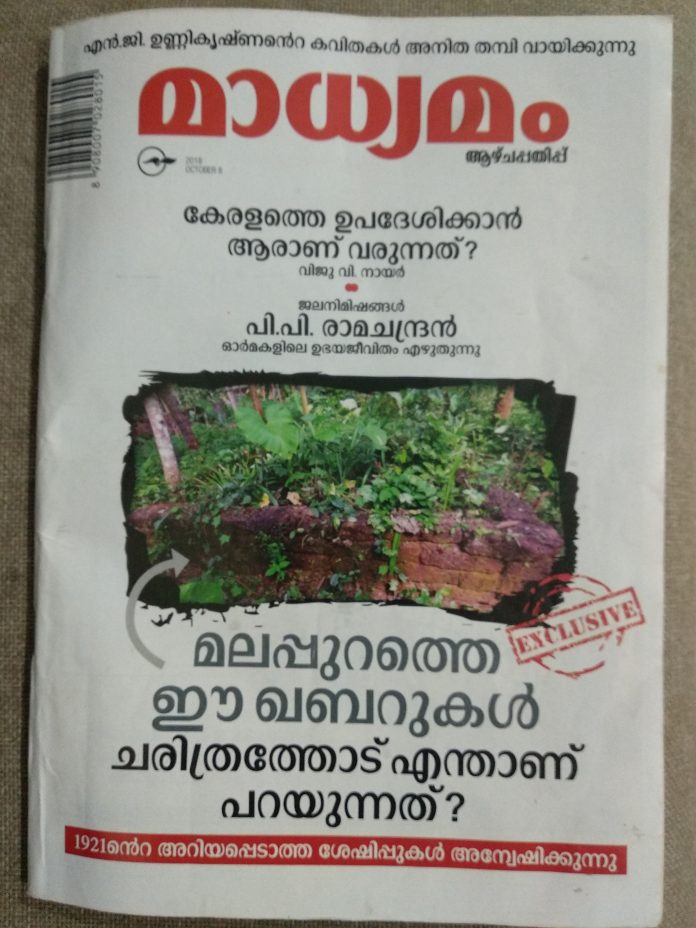
Daughters shot dead for their fathers
Most of the cruelties done to women, children and the aged by the British army during the Malabar Revolution haven’t been included in the public historical narratives. What the women, children and the aged experienced at the Melmuri-Adhikarithodi incident were cruelties violating the common norms to be followed even during war time. Among the graves are those of two daughters who were killed while trying to prevent the army taking away their fathers.
One of them is an 11-year old from the Keedakkadan family at Adhikarithodi. She was beaten by gunstock when she tried to prevent the British from taking away her father from their house, holding him tight. When they couldn’t take her apart from the father even after several attempts, the army killed both of them together. It is said that they were visiting the girl’s mother’s house.
The other one is Kadiyamu, daughter of Areeppuram Parakkal Kunjeen Haji of Konompara Cheeranganthodi. Kadiyamu had come from her husband’s house to take care of her sick and aged father. The army tried to push her off too with gunstock when she tried to prevent them dragging off her aged father who was lying on the big wooden storage container (pathayam). At last, Kunjeen Haji was forcefully taken off to the eastern yard of the house and laid on his front on the ground. Kadiyamu lay on her father to prevent him from getting shot. Finally, both were shot dead. Our pages of history couldn’t document these two brave daughters. And this can be read as evidence for the selected silence of the public mind towards Mappila history and Mappila woman.
While the common historical narrations kept silent about the Melmuri-Adhikarithodi massacre, this history was documented at least to some extent by the Qissappattu, a type of songs popular among the Malabar Muslims earlier. One of them is the work of Yogyan Hamsa Master, a Qissappattu expert. This is found in the ‘Abdurahman Qissappattu’ which he wrote about freedom fighter Muhammed Abdurahman Sahib:
“Lahalakkaar Melmuri parisaramil undarivaal
Lahika padayalar vanna aayudhamaale – avaril
Shatham mail aavaasethum balliya thokkum
Shakthamerum peerankiyum bayanettum bombum
Shabdamilla thuppaakkiyal vedivech chirichum
Lakkum lagaanumilla nattare vadhichum.” (Yogyan Hamsa Master – Page 51)
(*The army came to Melmuri with weapons including cannons, guns and bombs, learning of the presence of mutineers, and laughed and killed people with silenced guns without any heed)
__________________________________________________
PART : TWO (2)
The graves unseen by History: The Malabar Struggle and the history of the silent
This is the second in the two-part series on the much-forgotten Malabar Struggle and stories of ghastly violence committed by the British in the region around 1921. I Sameel, the author of this article, also looks at why and how such incidents were ‘left out’ or/and ignored by our mainstream historians. This article was originally published by Madhyamam Weekly on October 8, 2018.
The nine graves
-
Eleven people have been buried in the grave dug in the yard of Areeppuram Parakkal Koyakkutty Haji’s house at Adhikarithodi Vattapparamb. His grandfather Areeppuram Parakkal Ahmedkutty Haji, his brother Moideenkutty Haji, Kuttirayeen, Marakkar and Konkayan Alavi, along with a man and his daughter from the Keedakkadan family are buried her daughter is the 11-year old girl mentioned above.
Ahmed Kutty Haji’s daughter Ayisha was only four years old at the time, and she had detailed the incident to her son Yogyan Hamsa Master, who is a well-known Qissappattu writer and singer. Ayisha died last year at the age of 102. When all the members of the house had been forced out and the house set on fire, the women and children moved to the banana plantation nearby. It was then that the men were killed using rifles with less sound.
Ahmed Kutty Haji’s neighbor and friend Konkayan Alavi was also caught along with them and shot dead, said the latter’s son Alavi’s son Alavi. One each in four generations of this family is named Alavi out of respect for Mampuram Syed Alavi Thangal, an Islamic scholar from Yemen who settled in Mampuram, now in Malappuram district. People used to frequent him for spiritual, religious and social advice. He was known for his anti-British stand in the 19th century. His tomb at Mampuram is considered an important pilgrimage site in Kerala.
Mats were laid out in the laterite stone quarry in the yard of the house and all the dead bodies were kept on them and buried.
2. The dead bodies of five members in the Kappoor family have been buried in the grave dug in the plot behind the GMUP (Government Mappila Upper Primary) School at Adhikarithodi. Kappoor Mundasseri Yusuf, his son Pokker, Kappoor Moosam, Ayamutti and Mammudu were buried here. None of the direct descendants of the dead live in the place now.
3. Six people were buried in the grave dug near the house of Nanath Kuruvayil Hamsa. Those buried include Hamsa’s paternal grandfather Nanath Kuruvayil Moidu, his brother Kunjimarakkar and Madambi Kunhimuhammed.
Nanath Kuruvayil Moidu was caught when sitting in his house reading the Qur’an with the belief that ‘they needn’t worry as they hadn’t been involved in anything’. When Moidu was caught by the army, his 14-year-old son Muhammed protested holding on to his father’s hand but was pushed away, said the latter’s eldest son Moidu (82). Before leaving, the army also set fire to the roof of the old house, which had been there in the place of Hamsa’s house.
The Thiyya (a lower caste, now in the Other Backward Class category) family of Karattuparamban, who were their neighbours, was the first to help in the shocking time, said Moidu. The Thiyya family, that had to witness everything helplessly, hurried to put down the fire on the roof as soon as the army left. This can be seen as a small example of which side the lower classes including the Ezhavas (a lower caste, now in the OBC category) and Muslims supported in the Malabar Struggle.
4. Five people have been buried in the grave dug behind the house of Mullappalli Ummer at Kannanthodu in Adhikarithodi Aakkaparamb. Those buried here include Athimannil Mammootty and one from the Vallikkadan family. Mammootty’s son Kunhimuhammed was dressed up as a girl to save him from the army, said his son Moideen (72). Everybody was forced out and houses were set fire. All the dead bodies were buried in laterite stone quarries.
5. Four people have been buried in the grave dug near the ancestral house of Areeppuram Parakkal Zakariya at Konompara Cheeranganthodi. They are Areeppuram Parakkal Kunjeen Haji, his son Ayamu, daughter Kadiyamu and son-in-law Nanath Innyali. A sick Kunjeen Haji had asked his family to take him to a sideway which the British may not notice. But the family expected the army to let him free as he was sick, said Fathima, granddaughter of Ayamu. Ayamu’s son Vappu Haji (who was 14 years old then) and friend Nanath Kunjalavi Haji were dressed up as girls and kept along with the women to save from the army’s cruelty.
A person from the Vallikkadan family lay seriously injured for four days some distance away. Bappu Haji, who was a boy then, gave him water to drink. But all the water he drank came out through his large intestine. Having nobody to treat, he died there on the fourth day and was buried at the same place. As time passed, his grave is no more there.
6. Two persons from the Narippatta Kappoor family have been buried in the grave behind the marketplace at Konompara. Narippatta Kappoor Ahmed and his son Pokker were shot dead. Seeing the army set fire to their house, they both ran off and hid behind a heap of dried leaves from where they were shot. They were buried there itself. Another son of Ahmed named Kunjalavi was caught by the army and exiled to the Andaman Islands. Ahmed’s grandson Alavi (son of Moideenkutty) lives here with his family now.
7. One person has been buried in the grave in the courtyard of Nambankunnan Muhammedali at Melmuri Valiyattappadi – his great grandfather Alavi. The army caught him when he was peeping out through the tiny window saying nobody would take him away as he was very old. When he was sure to be shot, he took ablution and stood facing the qibla (direction of the Holy Ka’aba in Makkah), said his nephew Moideen (87). He recalled that in his childhood there were many coconut palms without head as the top portions had been blown off due to the cannon firing of the army. Alavi’s deadbody was buried by the women of the house at night, and the grave is only two feet in depth.
8. Two persons from the Kappoor family were buried in the grave in the courtyard of Kappoor Usman’s house; they were Kappoor Itheerumma’s father’s brother and grandfather. Itheerumma who had no children died recently. They are also the brother and son of Ismail aka Ithelu, grandfather of Kappoor Usman. Ithelu was caught by the army and jailed at Rajamundhri in Andhra Pradesh where he died. The army had set fire to their ancestral house nearby. Usman’s father Muhammed Haji recalled getting bullets from the wall when the house, which had been partially burnt, was brought down recently.
9. Four people have been buried in the grave dug near the house of Madambi Ubaid, behind the Central Lower Primary School at Melmuri Muttippadi – Madambi Kunjaramu, Madambi Mammunni, Kaderi Moosa Haji and Cherkkadan Moideen. They were shot dead at the verandah of the ancestral house of the Madambis nearby. This house too carried the traces of bullets penetrating the wall till recently when it was repaired. Kaderi Moosa Haji’s son Mammudu Haji bought this piece of land and donated as Waqf to the masjid at Alathoorpadi nearby in the name of his mother Iyyathukutty Hajjumma, so as not to lose the land, informed writer Umar Melmuri, a descendant of the family.
Some people from the Perumkollan caste had accepted Islam and lived at Vaishyarthodi near Thattanthodi. Three among their later generations were shot dead by the army, and their house set on fire. They were then buried near the well of their house, and the grave was not well protected, said PT Muhammed Master of Alathoorpadi.
Goals of the British homicide
The reason for the British to target Melmuri and Adhikarithodi specifically is the influence that Ali Musliyar, leader of the Malabar Struggle, had in the region. Ali Musliyar had run his Dars (religious education centre) in the mosque at Melmuri Podiyad Parammal and later in the mosque at Melmuri Alathoorpadi. He was there for three years, and so quite naturally, had a considerable number of disciples in the area. Palakkamthodi Aboobaker Musliyar, Congress Khilafat leader in the Kozhikode taluka who was an important personality in the Malabar Struggle, was his disciple at the Dars at Podiyad. (AK Kodoor – Page No 98). Many leaders of the Malabar Struggle were young scholars who were the disciples of Ali Musliyar.
Besides Ali Musliyar, another leader of the Malabar Struggle Variyankunnath Kunhahammed Haji had secretly visited Melmuri several times when he was absconding. Madambi Muhammed of Thathiyil house recalled his father as saying Kunhahammed Haji had come to their house one midnight and asked for rice porridge, but could give him only rice-water with grated coconut as there was no rice porridge. (Nisar Kaderi – Page No 23)
The Battle of Pookkottur was another reason that prompted the British to attack this region. The Battle was fought by the Mappilas against the armed forces of the Leinster Regiment (an infantry wing of the British Army) and the Special Police Force on August 26, 1921, which fell on a Friday. It had a significant role in setting ablaze the Malabar Struggle. Though the Mappilas tasted huge manpower loss in the battle, the British government saw it very seriously as the Mappilas got ready to fight the best army in the world without the support of any other army or government. The planning and organization of the ‘Pookkottur gang’, which had earlier served in the British Indian army and then took part in the Malabar Struggle, had made things grave at a point, according to the note given to the Madras Government by the District Magistrate FB Evans. (Tottenham – Page No 48) The Melmuri-Adhikarithodi massacre was a part of the military action carried out at Kondotty, Manjeri, Areekod and Malappuram between October 20 and November 10, 1921, in order to catch hold of the Pookkottur gang and its supporters. (Tottenham – Page No 40)
Though carried out in the name of eliminating the Pookkottur gang, the real aim of the massacre was terrifying the common Mappilas who were not directly part of the Struggle. Those including Nanath Kuruvayil Moidu who was massacred had believed that the army wouldn’t attack them as they had not taken part in the struggle. By killing them, the army sent a clear message to the Mappilas to either be a British-supporter or face death.
Even the British records admit that those massacred were innocent. A concise explanation of the Malabar Struggle by the Under Secretary of the Madras Government says: “… and on October 25th the Dorsets had killed 246 Mappilas in the Melmuri area. Not all of these probably were active rebels, and the encounter seems to have had a considerable moral effect, for shortly afterwards petitions began to be received from amsams (administrative partition of village in Kerala) in the neighbourhood of Malappuram offering submission.” (Tottenham – Page No 39) Hitchcock also records that the Dorsets entered each and every house to catch hold of the Mappilas. The Malappuram Qazi had informed that around a thousand people including women and children from different amsams would be ready to surrender if they got the protection of the British Government, says the letter sent by Evans to Madras on November 2. (Tottenham – Page No 257)
The history of the silent and the silence of history
The silence of the thousands of slaves drowned deep in the Atlantic Ocean on their voyage is louder than the voice of the slaves who were taken from Africa to America crossing the Atlantic, observes Afro-American writer Saidiya Hartman in her first book ‘Scenes of Subjection’. She says that the unheard voices of the thousands of slaves drowned in the sea should have been the archives instead of the available and oral historical remnants. In a way this points towards the crisis of archives.
Using the hypothesis of ‘the silence of archives’ put forward by Ms Hartman to learn the Melmuri-Adhikarithodi massacre, the question remains as to what tools our history owns to record the 200 people without any remnants, beyond the graves of the available 40 people. Is a historiography still possible to acknowledge their silence? Those who have drowned in history thus without any address remind us that the crisis of history is not its voices but its silence. If the Malabar Struggle is the silence in our national history, these graves are the silence inside that silence. This important part in the Malabar Struggle reminds us the importance of probing into the history of those not present too, beyond the written, oral and data/artifact histories.
source: http://www.twocircles.net / TwoCircles.net / Home> Historical Facts> Indian Muslim> Lead Story / Originally printed in Madhyamam Weekly on October 08th 2018 (translated by Najiya. O of TwoCirlcles.net) November 05th, 2018 / The 2nd Part on November 06th, 2018

